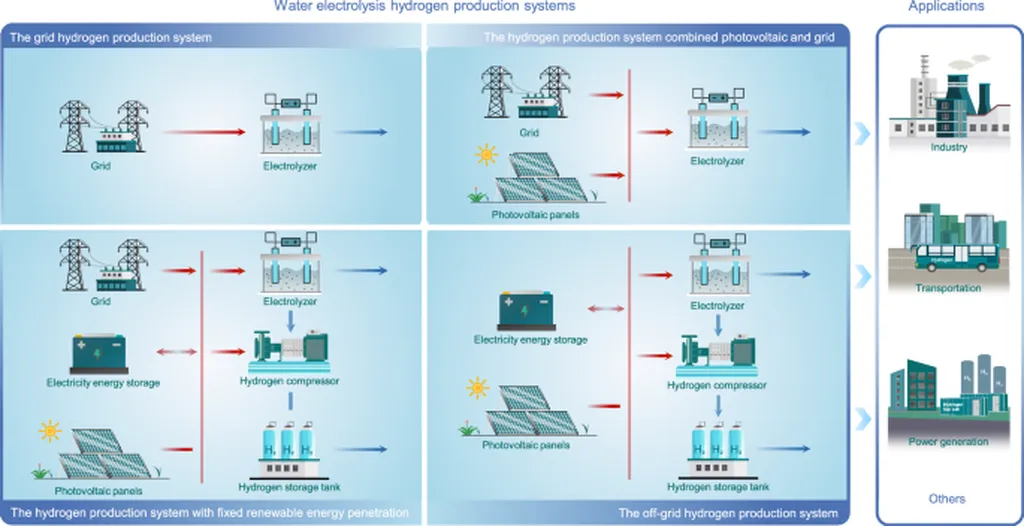In the evolving landscape of energy systems, the integration of variable energy sources like solar power is gaining momentum. A recent study published in the journal *Energies*, titled “Recovery Strategies for Combined Optical Storage Systems Based on System Short-Circuit Ratio (SCR) Thresholds,” delves into the intricacies of black start capabilities for photovoltaic (PV) storage systems. Led by Qingji Yang from the College of Electrical Engineering at Sichuan University in Chengdu, China, this research offers a fresh perspective on how to enhance the resilience and reliability of modern power grids.
The study focuses on the black start process, which is crucial for restoring power after a grid outage. Traditionally, black start has relied on conventional power supplies, but with the increasing penetration of variable energy sources, there is a pressing need to explore alternative methods. Yang and his team have developed a comprehensive model that integrates PV systems, energy storage systems (ESS), and high-voltage direct current (HVDC) transmission systems. This model is designed to analyze the system’s short-circuit ratio (SCR) under various scenarios, providing insights into the system’s strength and stability.
One of the key innovations in this research is the configuration of virtual inertia and virtual damping within the PV system. These parameters are adjusted based on the SCR, ensuring that the system can maintain stability during the black start process. “By optimizing these virtual parameters, we can significantly improve the system’s ability to handle fluctuations and maintain frequency stability,” explains Yang. This is a critical aspect, as frequency stability is paramount for the reliable operation of the power grid.
The study also examines the state of charge (SOC) of the storage system, determining the limits of what the system can support at each stage of the black start process. This detailed analysis helps in understanding the capabilities and constraints of the system, providing a roadmap for future developments.
To validate their findings, the researchers constructed an electromagnetic transient simulation model in PSCAD/EMTDC. The results were promising: the system frequency was maintained within the range of 49.4 to 50.6 Hz throughout the black start process. Additionally, the fluctuation in maximum frequency after the recovery of the HVDC transmission system was no more than 0.1%, and the fluctuation in photovoltaic power at each stage was less than 3%. These metrics meet the stringent requirements for black start technology, demonstrating the effectiveness of the proposed strategy.
The implications of this research are far-reaching for the energy sector. As the penetration of variable energy sources continues to grow, the need for robust black start capabilities becomes increasingly important. This study provides a theoretical framework and practical guidelines for integrating PV storage systems into the grid, ensuring reliability and stability. “Our findings offer a practical reference for the black start of grids with variable energy sources, paving the way for a more resilient and sustainable energy future,” says Yang.
In conclusion, the research led by Qingji Yang and his team at Sichuan University represents a significant step forward in the field of energy systems. By addressing the challenges associated with black start in PV storage systems, this study not only enhances our understanding of system dynamics but also provides actionable insights for the energy sector. As the world transitions towards cleaner and more sustainable energy sources, such innovations will be crucial in ensuring the stability and reliability of our power grids. Published in the journal *Energies*, this work underscores the importance of continuous research and development in the energy sector, driving progress and innovation for a brighter future.

